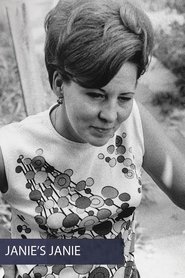
1971 star_border 7
playlist_add 
1971
playlist_add 
1971
playlist_add 
1970
playlist_add 
1969
playlist_add 
1969 star_border 10
playlist_add 
1969
playlist_add 
1969
playlist_add 
1968 star_border 6
playlist_add 
1968
playlist_add 
1968
playlist_add 
1968
playlist_add 
1968
playlist_add 
1968
playlist_add 
1968
playlist_add 
1968
playlist_add 
1968
playlist_add 
1968
playlist_add 
1968
playlist_add 
1968
playlist_add Show more
expand_more